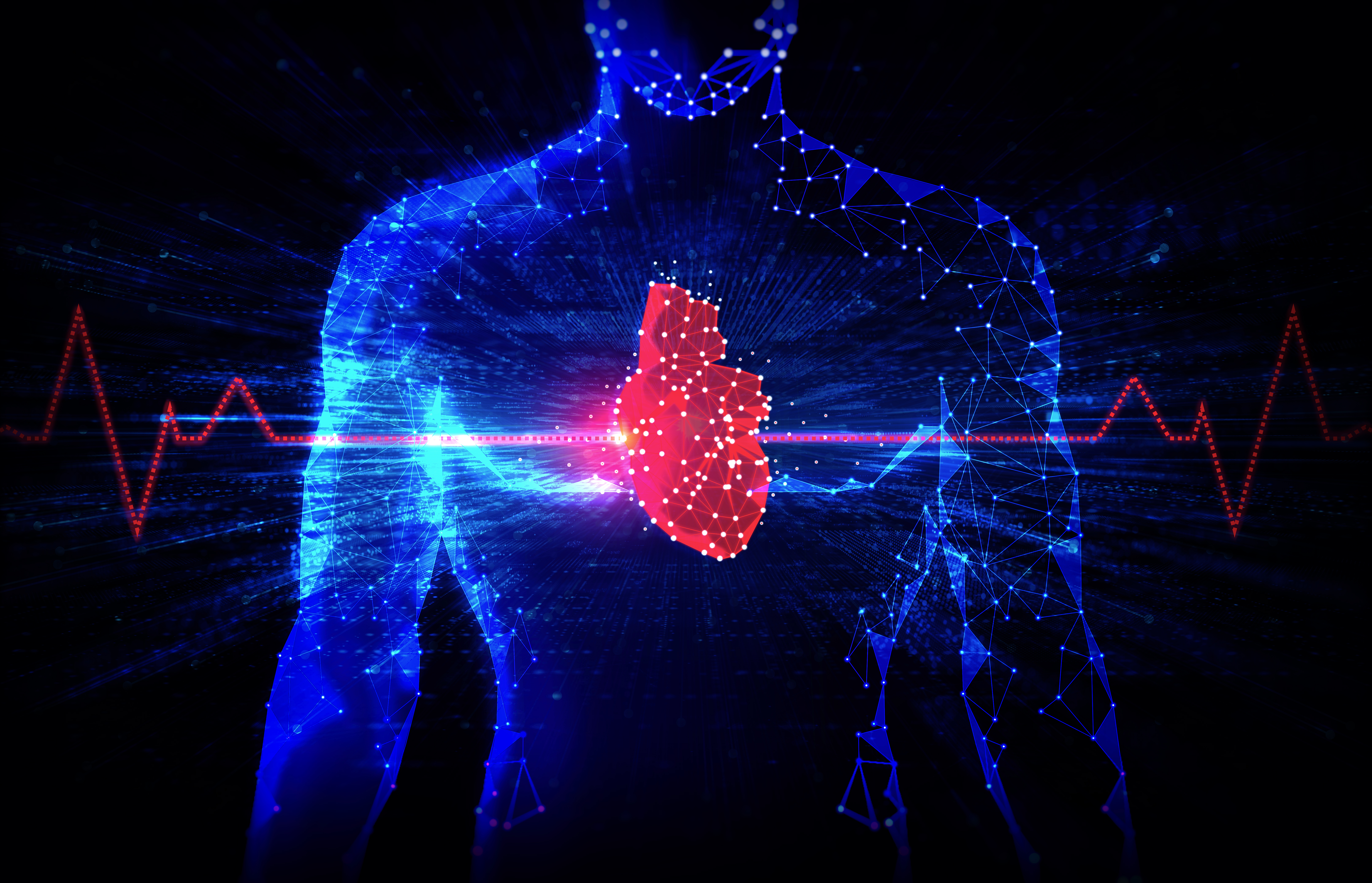By Vidhi Prasad KV, Head- Interventional and Surgery, GE Healthcare , South Asia
Almost everyone reading this article right now would have been impacted by cardiovascular diseases either directly or indirectly. Unfortunate, but that is how rampant cardiovascular diseases are today. It comes as no surprise that cardiovascular diseases (CVDs) are the leading cause of death globally. An estimated 17.9 million people died from CVDs in 2019, representing 32% of all global deaths. Of these deaths, 85% were due to heart attack and stroke. Over three quarters of CVD deaths take place in low- and middle-income countries. Out of the 17 million premature deaths (under the age of 70) due to noncommunicable diseases in 2019, 38% were caused by CVDs. 1
The scenario in our country is equally alarming. Cardiovascular diseases (CVDs) have now become the leading cause of mortality in India. Ischemic heart disease and stroke are the predominant causes and are responsible for more than 80% of CVD deaths. The Global Burden of Disease study estimate of age-standardized CVD death rate of 272 per 100 000 population in India is higher than the global average of 235 per 100 000 population. Some aspects of the CVD epidemic in India are particular causes of concern, including its accelerated buildup, the early age of disease onset in the population, and the high case fatality rate. 2These diseases cause a lot of suffering for the individuals and families concerned, not to mention the financial burden and the years of productive life lost. What is ironic is the fact that these can be managed to a large extent through lifestyle changes and timely medical interventions.
The Cardiac Care Scenario
Greater awareness about the risk factors, personalized approaches towards mitigating risk factors and access to the right interventions at the right time can go a long way towards bringing down the mortality rates down and improving the quality of life of cardiac patients.
Cardiac care has come a long way over the last few decades. Medical technology has eased every step of the cardiac patient journey. Advancements in imaging, cardiac care accessories, broadening horizons of interventional care are all paving the way for a better future for cardiac patients.
The paradigm shift in Interventional Cardiology has been supported by improving imaging capabilities offered by advanced Cath labs, wherever feasible and recommended for the patient. The clinical benefits of Interventional Cardiology including less pain, less blood loss, lower risk of infection and minimal hospitalization and recovery time, have enabled wider acceptance among patients. There has been a steady annual rise to the tune of 25-30 per cent in the number of interventions over the past several years.3
In order to strengthen the impact of Interventional Cardiology, it is pivotal for technology to improve imaging capabilities at lower dose and also cater to the workflow efficiencies that enable a robust care ecosystem inside a cardiac setup. One of the biggest concerns for the Interventional Cardiologists in India today is the accuracy and efficiency of medical imaging needed for the RIGHT DIAGNOSIS at the RIGHT TIME for the RIGHT TREATMENT for the patient through their cardiac journey pathway.
What if we could change the course of cardiac care? What if we could be ready today for the challenges of tomorrow?
The success of interventional procedures depends heavily on the quality of visualization offered by the cath lab. There are other challenges too that call for attention, the most important among them being radiation exposure that the interventionalists are subjected to. As per a study done in 2017, interventional cardiologists usually are exposed to the highest dose of ionizing radiation among the medical staff. It was estimated that the exposure per head per year of this group is 2 to 3 times higher than that of radiologists4. Recent reports have documented that an experienced interventional cardiologist in high-volume centers had an exposure near to 5 mSv per year, which is not negligible from the carcinogenic point of view. 5
Advancements in medical technology have provided relief here. Cath lab equipment embedded with cutting -edge technology is making its way into the market. These devices promise not just improved image quality and efficiency but also reduced exposure to radiation.
GE Healthcare is Here to Make a Difference
Here at GE Healthcare, we leverage technology to make a difference in the lives of the doctors we serve, and the patients they treat. The cardiovascular disease burden of the nation is a matter of grave concern. Innovative cardiology solutions that take care of patient needs across the care pathway and are aligned to the healthcare scenario in our country are the need of the hour. Technology is the game changer in healthcare, helping us bring to life new possibilities in care delivery. AI which has made its mark in every other industry is shaping the future of healthcare with solutions that enhance image quality, accuracy and efficiency while optimizing the dosage, thereby impacting clinician and patient safety positively. The advancements in the field of interventional cardiology are very relevant. AI-powered solutions are now paving the way for interventional cardiologists to take up challenging cases that could hitherto not be addressed by interventional procedures.
It is our privilege to bring to the fore futuristic, AI-powered medical technology that is world class and yet has India playing a pivotal role in its journey. Technology that is future proof and helps interventionalists add immense value to their practice. When the expertise of interventional cardiologists and the power of technology come together, we can definitely hope for a better tomorrow. And that is what GE Healthcare is enabling-a better tomorrow.
Stay tuned to know more.
Resources
2 https://pubmed.ncbi.nlm.nih.gov/27142605/
3 https://www.ncbi.nlm.nih.gov/pmc/articles/PMC3028952/
6: https://www.who.int/india/health-topics/cardiovascular-diseases





